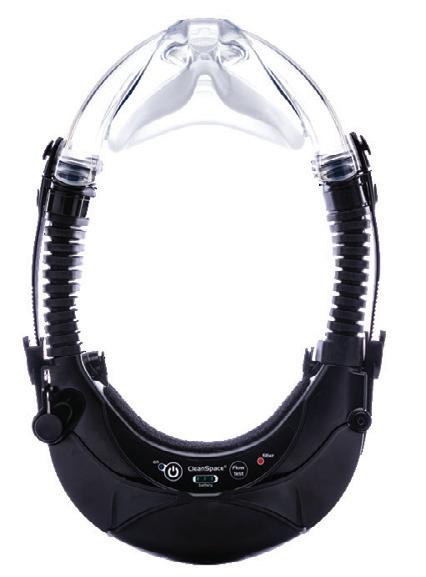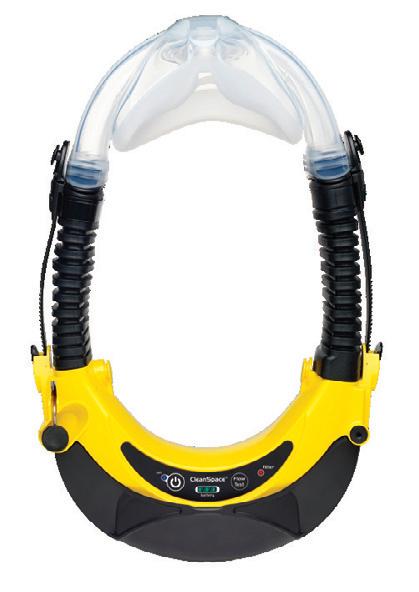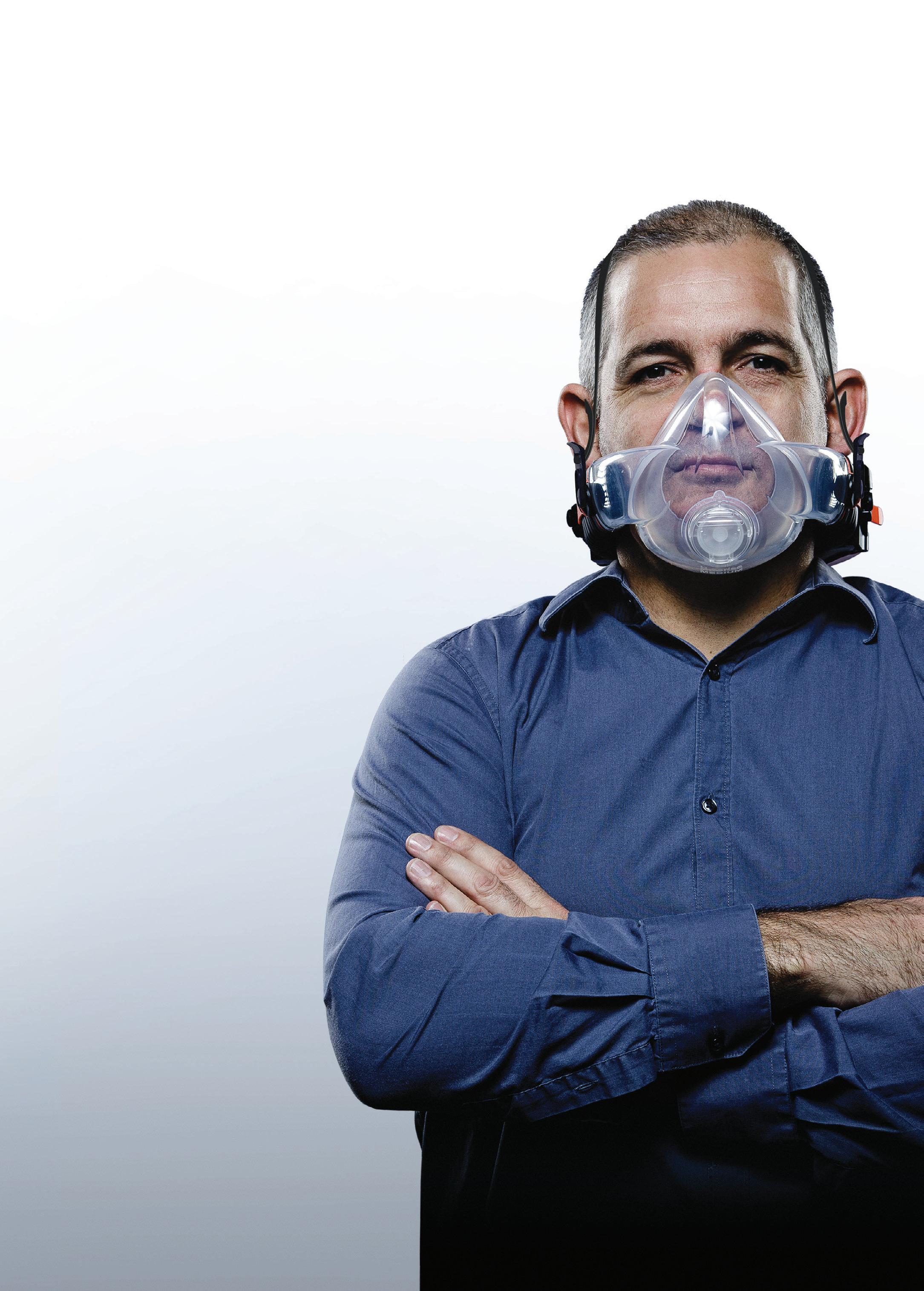
9 minute read
Fire protection systems— transforming ancient principles
FIRE PROTECTION SYSTEMS
TRANSFORMING ANCIENT PRINCIPLES
Peter Geale*, Marketing Manager, FireMate
Do we have Emperor Nero to thank for modern-day fire protection? Core principles of contemporary fire protection standards can be traced to efforts in Ancient Rome, and through technological innovation, the fire protection systems we rely on today have been transformed.
The origins of the fire protection industry are frequently traced back to the Ancient Romans more than 2000 years ago. After a multi-day fire destroyed large parts of Rome in 64 AD, Emperor Nero ordered it to be rebuilt using new building and construction rules. This included using fire-retardant building materials and increased separation between buildings.
Fast forward to the early years of the 20th century, and fire engineering had emerged from the Industrial Revolution alongside civil, mechanical and chemical engineering as a separate discipline. In the last 50 years or so, the advent of electronics, computers and software and the development of the internet have combined to offer the modern-day fire protection industry a stack of building blocks to elevate the safety of people and property to new levels.
Did Nero get it right?
The design and construction of a new building or the renovation of existing buildings always includes extensive consideration of passive and active fire protection systems in alignment with regulations and best practices. Nero’s team had it correct when they chose appropriate building materials and designs as they rebuilt Rome.
The passive fire protection systems used by the Romans are still used today, although today’s design principles are far more sophisticated. Passive fire protection is intended to limit the spread of fire and smoke and includes the construction materials and the building designs to enable building evacuation.
On the other hand, active fire protection systems slow or stop fire and smoke and include fire detection, fire-alerting systems and fire-suppression systems, including sprinklers and extinguishers. Modern fire systems are linked to building fire panels, and the panels are connected to fire dispatch centres to ensure rapid deployment of fire brigade assets.
Standards for the design, installation and commissioning of active and passive fire protection systems provide the necessary guidelines to ensure buildings are safe for their intended use. Recent disasters like the Grenfell fire in London in 2017, which sadly saw 72 people perish, reinforce the imperative to improve active and passive fire protection systems. Significant developments in the design and installation of passive and active fire protection systems are vital. A recent advancement is the use of Internet of Things (IoT) sensor technologies that can monitor room temperature with greater precision and potentially detect the presence of fire faster than traditional detectors.
STANDARDS FOR THE DESIGN, INSTALLATION AND COMMISSIONING OF ACTIVE AND PASSIVE FIRE
PROTECTION SYSTEMS PROVIDE THE NECESSARY
GUIDELINES TO ENSURE BUILDINGS ARE SAFE FOR
THEIR INTENDED USE. RECENT DISASTERS LIKE
THE GRENFELL FIRE IN LONDON IN 2017, WHICH SADLY SAW 72 PEOPLE PERISH, REINFORCE THE IMPERATIVE TO IMPROVE ACTIVE AND PASSIVE FIRE
PROTECTION SYSTEMS.
Fire protection system maintenance ‘is not an option’
Equally as essential as designing and installing fire protection systems is the ongoing maintenance or servicing of these systems. It’s far better for a fire protection maintenance professional to detect an issue with a fire protection asset instead of a fire brigade turning up at the front door with lights flashing and sirens blaring.
Fire protection standards like the Australian Standard 1851 are a set of rules and regulations that building owners are expected to meet regarding fire protection maintenance. Additionally, each Australian jurisdiction has regulations that draw from AS 1851 and often provide further requirements on servicing frequency, reporting, training and technician certification requirements.
A frequently lamented difference between the states and territories is annual building inspection reports. In New South Wales, it’s the ‘Annual Fire Safety Statement’; in Queensland, it’s the ‘Occupier Statement’, and so on.
As mentioned, the fire protection maintenance industry ensures that installed fire protection systems are maintained as per standards and regulations. The importance of the industry is underscored by recent COVID-19 lockdown work exemptions being similarly granted for fire protection maintenance professionals to emergency services and health personnel. The industry relies on accredited professionals inspecting fire assets to ensure the systems are ready to detect, alarm and combat a fire should one occur.
Like most digital transformations, the modernisation of the fire protection maintenance industry has seen digital technology embedded into most areas of the operation. It has challenged the status quo and has enhanced the value offered to property owners and occupants alike. Similarly, technology has delivered operational efficiencies and ultimately increased productivity for fire protection maintenance businesses.
Enhancing value for building owners and tenants
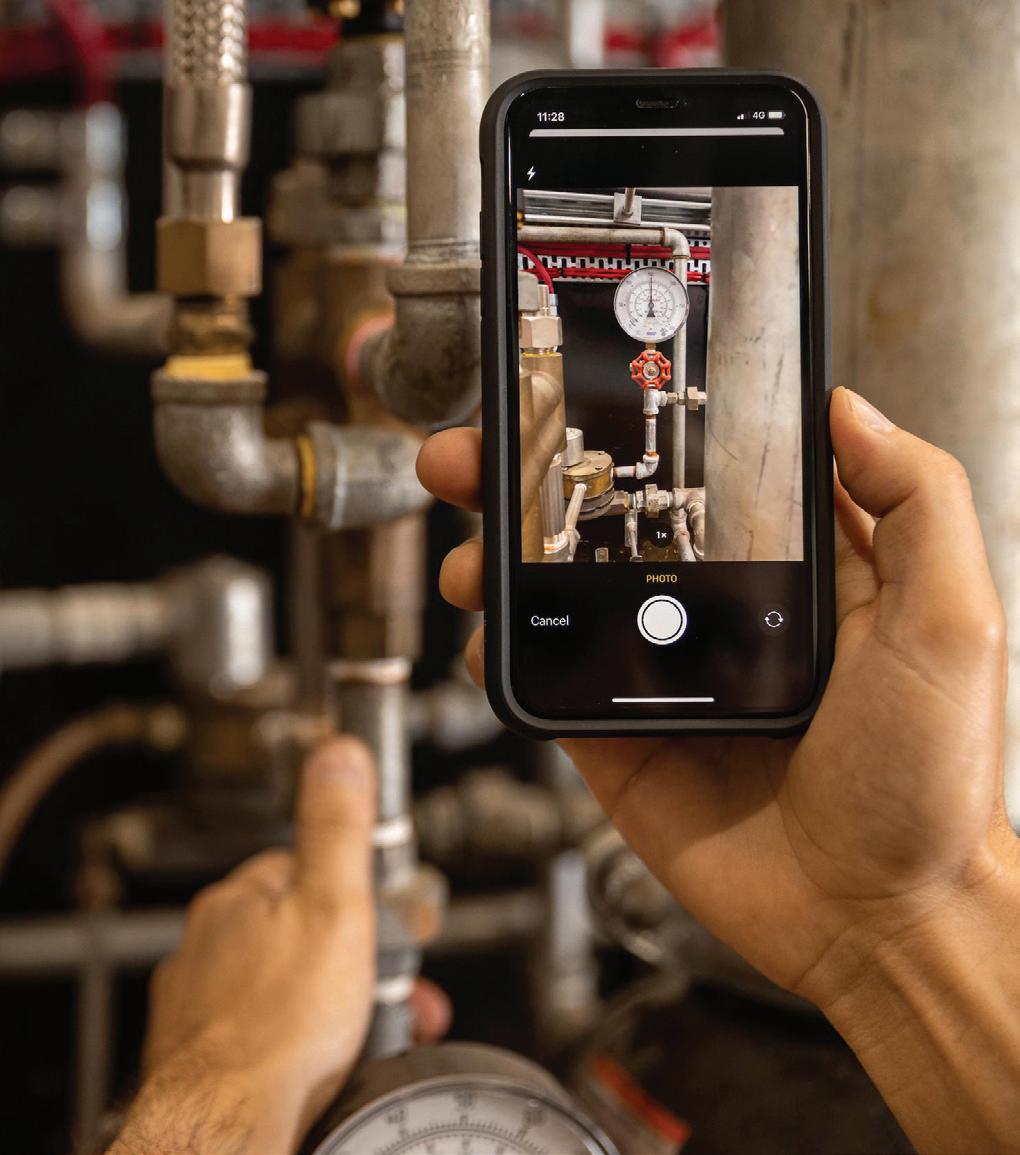
©FireMate Software Pty Ltd Building owners and tenants are the customers of fire protection maintenance businesses. Digital transformation offers them several important benefits:
• Anytime, anywhere visibility of fire assets, alarms and alerts via monitoring systems across an entire building portfolio. • Confidence that fire protection systems are compliant via online self-service reporting. Previously, reports were sent by mail or email. On-demand and exception reporting provides easy access to reports. • Increased availability of fire protection systems due to reduced time to repair defects.
©FireMate Software Pty Ltd
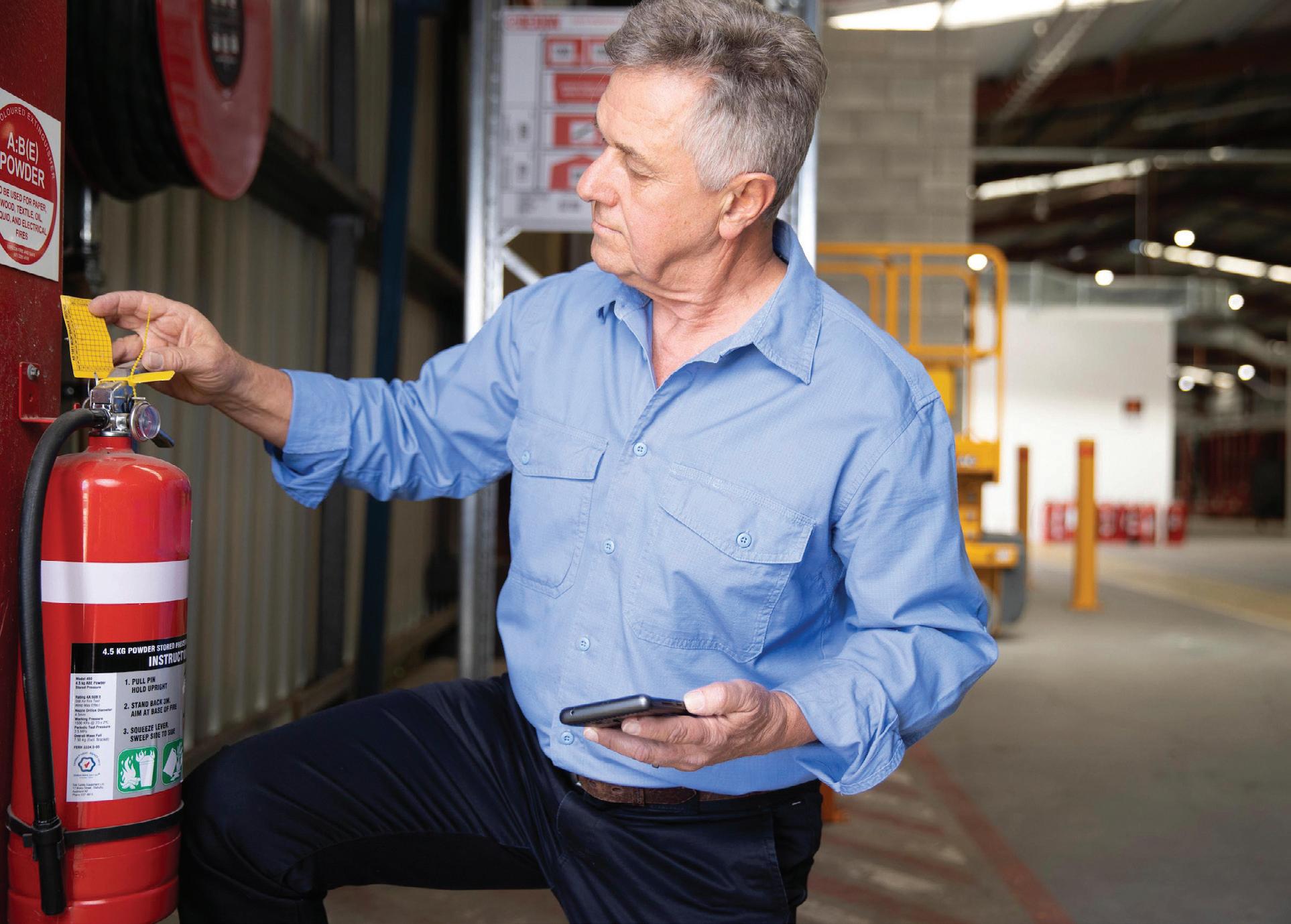
Enhancing fire protection maintenance business efficiencies and profitability
Digital transformation has revolutionised fire protection maintenance providers in recent years as they moved from mostly paper-based systems to software systems for office and field teams. In essence, fire asset management systems enable businesses to re-engineer workflows to be simpler, more accurate and compliant.
Fire protection maintenance businesses consistently see these important benefits:
• Increased business efficiency with business insights reporting. • Optimised defect management with instant access to asset history and quotes. • Increased technician productivity with optimised scheduling. • Fewer mistakes and fewer searches with immediate access to standards. • Less administration by offering customers direct access to their building reports. • Simpler operations with compliance reporting at the press of a button.
And for the next 2000 years…
Despite Nero being of dubious character, the rebuilding of Rome under his rule to be fire resistant demonstrated advanced thinking. In the ensuing 2000 years or so, fire protection systems design has continued to evolve as technology has developed. As more fire assets are connected, the level of fire protection available will be increasingly robust.
Likewise, the digital transformation of fire protection maintenance and servicing will enable maintenance providers to improve service levels to building owners while also increasing their efficiencies. The safety of people and places must continue to be the focus of future developments and should underpin all development efforts.
*Peter Geale is a digital transformation enthusiast with experience across several industries, including fire protection, student wellbeing, international marketing, telecommunications and software as a service.
Gas detector
Outfitted with rapid-response MSA XCell sensors, the ALTAIR 4XR Gas Detector is a tough 4-gas detector. The gas detector provides real-time incident awareness to team members, supervisors, safety managers and others, when paired with the MSA ALTAIR Connect app via a Bluetooth wireless connection. Real-time, rugged and reliable, the gas detector is designed to sense gas two times faster than the industry average with its XCell sensors. The gas detector’s settings can also be updated quickly, via the ALTAIR Connect app (available on the Google Play Store). The app also enables users to send event notifications via text message.
The ALTAIR 4XR can survive 25 drops from 4′ (1.2 m) and is MIL-STD-810G 516.6 Transit Drop 3rd Party Certified. The gas detector can also survive an incidental 25′ (7.5 m) drop onto concrete and is dust and waterproof with an IP68 rating (2 m for at least 1 h), with an operating range of -40 to +140°F (-40 to +60°C).
Users can confirm compliance quickly with the Bump LED and on-screen checkmark, and bump and calibrate at a specified ‘Time of Day’ with the MSA GALAXY GX2 Automated Test System. The gas detector’s MotionAlert option tells others that the user has become immobile, while the user-activated InstantAlert notifies others of a potentially dangerous situation. The ALTAIR 4XR Gas Detector comes with a four-year instrument and sensor warranty.
MSA Australia Pty Ltd
au.msasafety.com
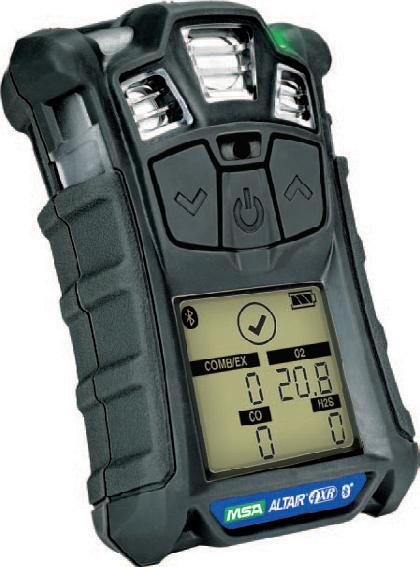
Flammable chemicals storage cabinet
The HEMCO Flammable Storage Cabinet is designed for the storage of flammable chemicals and is available in 30″, 36″ and 48″ widths. The standard size is 35″ high and 22″ deep.
The cabinet is insulated with high-temperature fibreglass insulation and is UL 1275 listed. The front access doors are lined and the edges are sealed. The cabinet is also available with a locking mechanism to keep chemicals secure. The shelf is removable for large container storage.
HEMCO Corporation
www.hemcocorp.com

Perimeter safety net system
Dropsafe has launched a perimeter safety net system to protect personnel and assets in offshore industries. The system attaches to the perimeter frames of helidecks to protect personnel from falling and prevent loose objects from becoming dynamic drops hazards.
As contractors and operators in the global offshore sector look to make their site safety programs as robust as possible, airborne personnel transfers have come under increased scrutiny. Perimeter safety nets are mandatory on all helidecks, with demand for a high-quality solution in the offshore sector rising, after growing awareness of the specific operational risks presented by helicopter landings. Drops can occur from foreign object debris blown or equipment being loosened by powerful helicopter downdraft. The system developed by Dropsafe has been designed to offer a high-quality solution to the challenges posed by drops in offshore helidecks. Drawing on extensive R&D and expertise tackling offshore drops, it consists of 100% Japanese made 316 stainless steel wire and components.
Helidecks serve as a lifeline for offshore rigs and vessels, so it is important for operators to ensure that perimeter safety nets can be installed and maintained whilst keeping costly operational downtime to a minimum. In this context, traditional solutions constructed from coated metal, yarn and synthetic textiles may prove expensive in the long-term, as they are often resource-intensive to install and not suitably resistance to environmental factors. The marine-grade stainless steel Dropsafe perimeter safety net is designed for harsh offshore environments and can be fitted quickly and easily, requiring minimal maintenance.
The perimeter safety nets are a made-to-measure system for the sector, packed and labelled for each specific area, making it quick and easy to install with minimal tools. The system is also modular, to facilitate easy replacement of components. The Dropsafe Helideck Perimeter Safety Net is manufactured to high standards, to comply with regulations such as CAP 437 and OGUK.
Dropsafe
www.dropsafe.com
